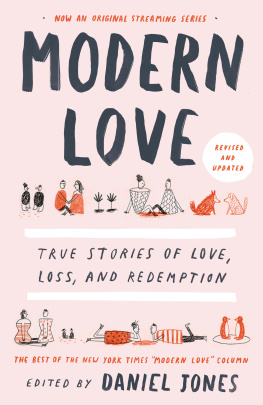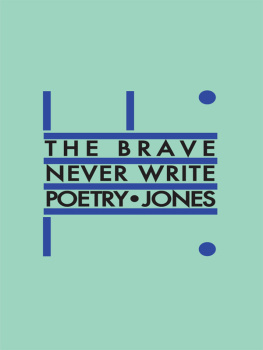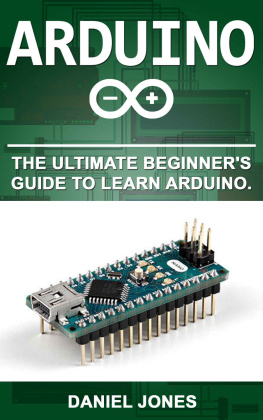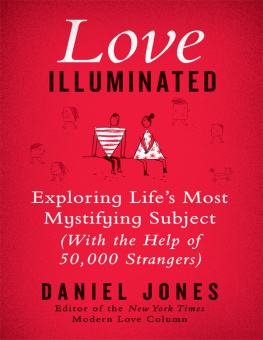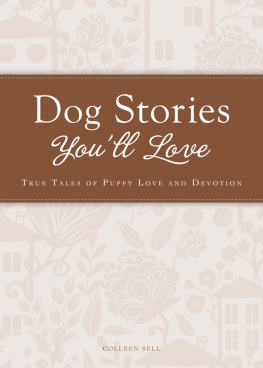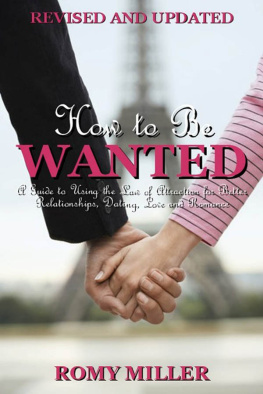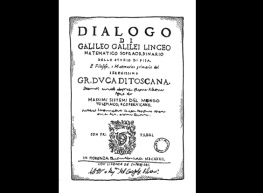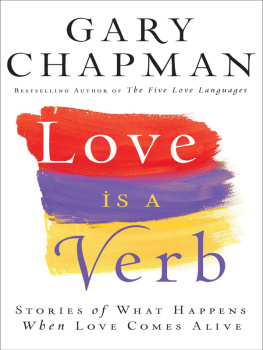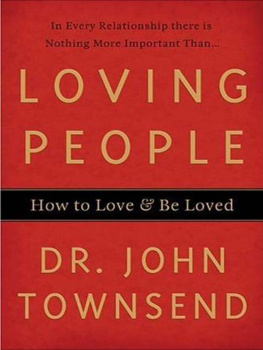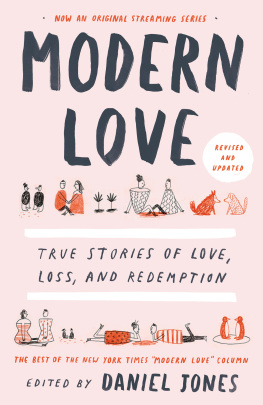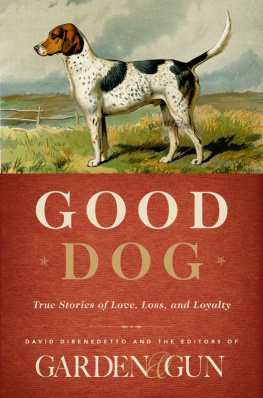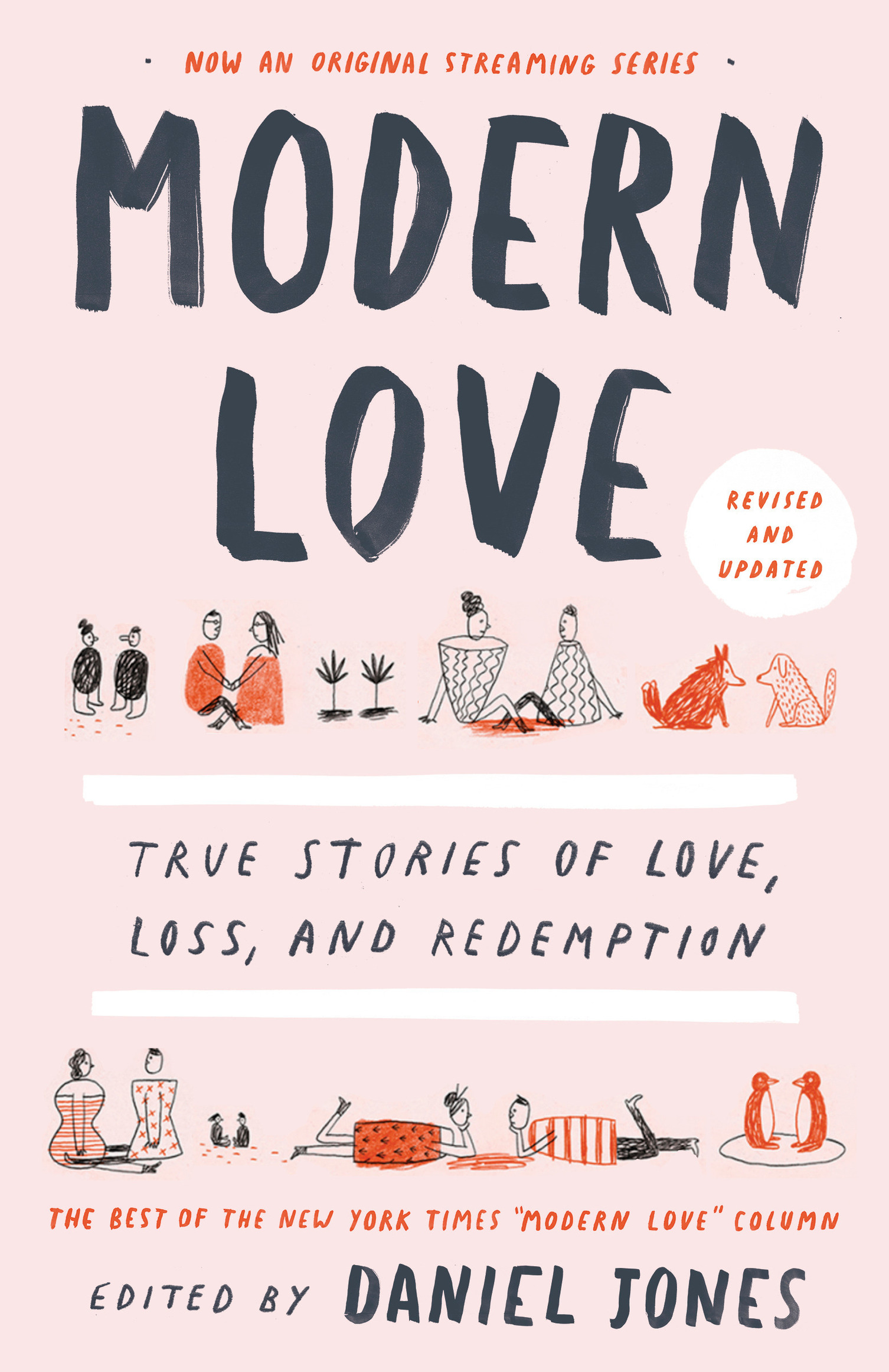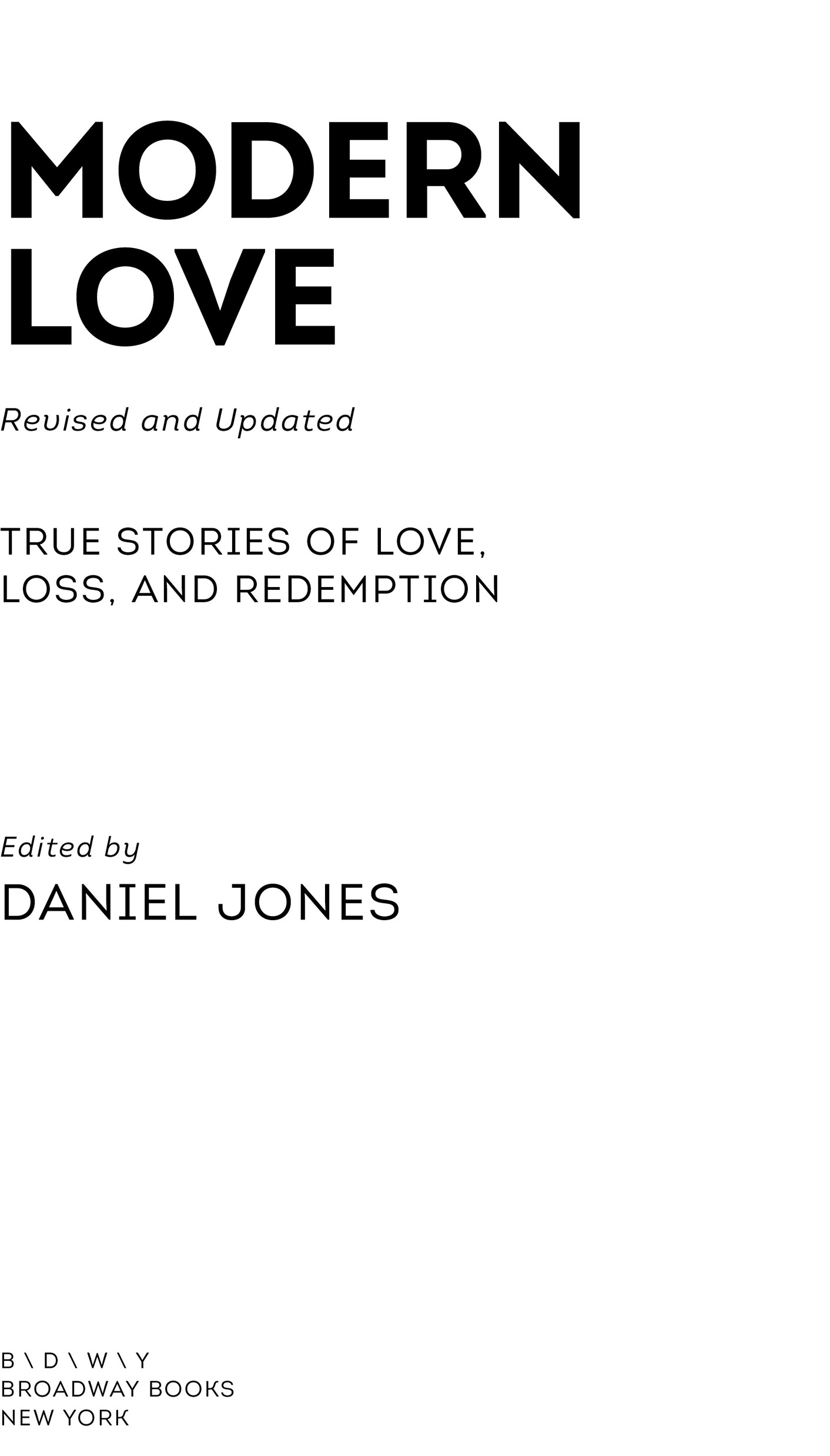All rights reserved.
Published in the United States by Broadway Books, an imprint of Random House, a division of Penguin Random House LLC, New York.
Broadway Books and its logo, B \ D \ W \ Y, are trademarks of Penguin Random House LLC.
Originally published in paperback by Three Rivers Press, an imprint of Random House, a division of Penguin Random House LLC, New York, in 2007.
Due to space limitations, permissions credits appear on .
Inquiries concerning permission to reprint any article or portion thereof should be directed to The New York Times Company, c/o Pars International, 253 West 35th Street, 7th Floor, New York, NY 10001 or .
Library of Congress Cataloging-in-Publication Data is available upon request.
INTRODUCTION
What is a love story? As the editor of the Modern Love column, I ask myself that question all the time. When working my way through the eight-thousand-plus personal essay submissions that pour in every year, I am constantly forced to think: Is this a love story? Is that? If The New York Times is the newspaper of record, does that mean Im choosing the love stories of record? If so, Id better at least have a working definition.
When Modern Love began back in 2004, we founding editors of the column (Styles editor Trip Gabriel; my wife, Cathi Hanauer; and I) decided we would interpret love broadly because we didnt want to limit the stories to romantic love. We hoped the stories would explore the darkness as much as the light, plumb both the joys and the pain that spring from our lifelong efforts to be intimate with other human beings.
The most powerful stories typically involved relationships that had some mileage: the trials of midlife marriage, the strains of parenthood, and the loss of loved ones (children, spouses, parents, friends). These stories seldom celebrate roses and kisses, but are they love stories? Absolutely.
Vulnerability is the animating quality of all love stories, and it can take many forms. In every case, though, vulnerability means exposing ourselves to the possibility of loss, but alsocrucially!to the possibility of connection. You cant have one without the other. The stakes vary, of course, from dipping ones toe in the water to taking a blind dive from a high cliff.
Rachel Fields, in her essay The Five Stages of Ghosting Grief, details her mounting anxiety after sending her first mildly sexual text message to a new guy shes started seeing and then waiting, in agony, for him to respond. For hours. Which might as well have been a lifetime. A different kind of vulnerability is on display in Amy Krouse Rosenthals You May Want to Marry My Husband, in which she writes a kind of dating profile for her husband because shes dying from ovarian cancer and doesnt want him to be alone after shes gone.
I suppose if we are going to try to define what a love story is, we should begin by defining what love is, but that can be even more slippery. Our definitions of love, too, tend toward the flowery treatment. From where I sit, howeveras someone who has read, skimmed, or otherwise digested some one hundred thousand love stories over the past fifteen yearslove, at its best, is more of a wheelbarrow than a rose: gritty and messy but also durable. Yet still hard to put into words.
Once, at the start of a radio interview, the host introduced me as the Modern Love editor and then asked, as her first question: So what is love?
I was so caught off guard, I laughed nervously and then said, Youre really going to open with that? When she didnt laugh, we shared an awkward moment before I mumbled some generalities about human connection.
I wish Id remembered how I had already answered that question in the Modern Love column a few years before, when I stepped into the space as editor during Valentines week to note some observations. Because love, for me, is less about definitions than examples. Which is why I think the kaleidoscope of experiences represented in the Modern Love column, and in this book, can do the job better than any dictionary. Back then I wrote:
If I were Spock from Star Trek, I would explain that human love is a combination of three emotions or impulses: desire, vulnerability, and bravery. Desire makes one feel vulnerable, which then requires one to be brave.
Since Im not Spock, I will tell a story.
Say you decide to adopt a baby girl in China. You receive her photo, put it on your refrigerator, and gaze at it as the months pass, until finally youre halfway around the world, holding her in your arms, tears of joy streaming down your face.
But later in your hotel room, after undressing her, you discover worrisome physical signs, in particular a scar on her spine. You call the doctor, then head to the hospital for examinations and CT scans, where you are told the following: She suffered botched spinal surgery that caused nerve damage. Soon she will lose all bladder and bowel control. Oh, and she will be paralyzed for life. Were so sorry.
The adoption agency offers you a choice: keep this damaged baby or trade her in for a healthier one.
You dont even know about the trials yet to come, about the alarming diagnoses shell receive back home, the terrifying seizures youll witness. Nor do you know about the happy ending that is years off, when she comes through it all and is perfectly fine. You have to decide now. This is your test. What do you do?
If youre Elizabeth Fitzsimons, who told this story here one Mothers Day, you say: We dont want another baby. We want our baby, the one sleeping right over there. Shes our daughter.
Thats love. Anyone can have it. All it requires is a little bravery. Or a lot.
If youre looking for random acts of bravery, including Elizabeths, youll find them in these pages. These tales shock and instruct. They provoke laughter and heartache and tears. Occasionally (its true) they arent even very modern. Always they pry open the oyster shell of human love to reveal the dark beauty within.
Daniel Jones
SOMEWHERE OUT THERE
SINGLE, UNEMPLOYED, AND SUDDENLY MYSELF
MARISA LASCHER
I WAS THIRTY-SEVEN, SINGLE, UNEMPLOYED, AND depressed because in a couple of months I was going to be moving out of my studio apartment on East 23rd Street in Manhattan and in with my mother in Sheepshead Bay, Brooklyn. Since taking a buyout at my Wall Street firm, I had devoted myself to two activities: searching for a new job and working out. And I spent a lot of time in my apartment.
So did the three recent college graduates next door. At their weekend parties, a loud bass penetrated our shared wall starting at 10:30 p.m. In sweats, no makeup, and with my hair piled in a bun, I would go out and ring their bell around 11 p.m. (early, even by my geriatric standards) to ask them to quiet down.
One of them would appear, flush with alcohol and annoyance, and promise to turn it down. Usually they did. When they didnt, I would call the doorman, the management company, and, once, the police. But the noise continued.

